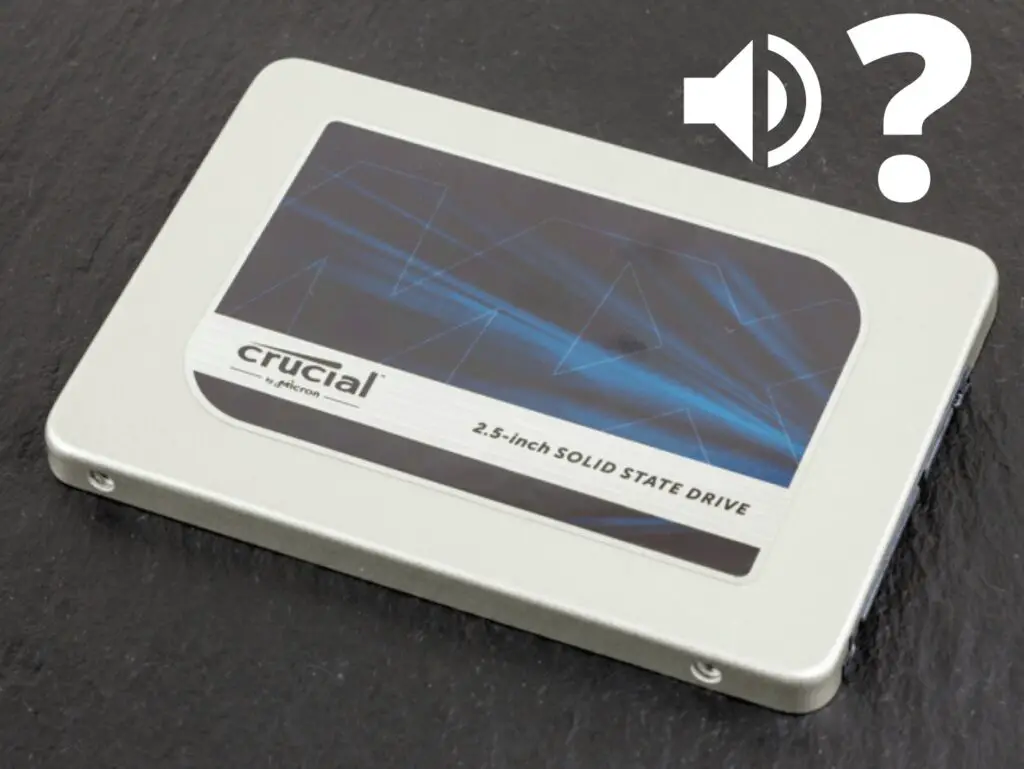Polycarbonate is an attractive material for many 3D printing enthusiasts due to its impressive strength and durability.
As a thermoplastic with high impact resistance and a high temperature tolerance, polycarbonate can be an ideal choice for creating functional prototypes and end-use parts.
I’m excited to discuss how to 3D print with polycarbonate filament and take advantage of its incredible properties.
Table of Contents

Before diving into the details of 3D printing with polycarbonate, it’s essential to understand its unique characteristics.
Unlike common filaments like PLA and ABS, polycarbonate offers greater stiffness and is significantly more challenging to break.
Additionally, polycarbonate parts have excellent layer adhesion, making them incredibly strong and reliable for various applications.
Its transparent appearance can create eye-catching and aesthetically pleasing prints when using clear or undyed filament.
When it comes to 3D printing with polycarbonate, there are a few key factors to consider, such as print temperature, bed adhesion, and proper print settings.
It’s crucial to find the right balance of these factors for success to ensure the best quality prints.
In the next section, I will share helpful tips on how to 3D print with polycarbonate filament and achieve impressive results.
Understanding Polycarbonate for 3D Printing

Properties of Polycarbonate
Polycarbonate (PC) is a popular material used in 3D printing due to its unique properties. It possesses excellent strength and impact resistance, making it a favorite choice among 3D printing enthusiasts.
Its high glass transition temperature accounts for its impressive heat resistance, allowing it to maintain its shape and mechanical properties even under high temperatures.
Moreover, polycarbonate is lightweight and has a transparent appearance, giving prints a professional and aesthetically pleasing finish.
Not only does it boast impressive tensile strength, but its transparency allows for unique visual effects when utilized in 3D printed objects.
Comparison with PLA and ABS
When comparing PC to other common 3D printing materials such as PLA and ABS, some differences stand out.
For instance, PLA is a more brittle material, while polycarbonate is much stronger and more resilient due to its high impact resistance.
In terms of heat resistance, polycarbonate’s high glass transition temperature of around 150 °C is notably higher than the 60 °C temperature of PLA filament.
ABS, on the other hand, has a moderately high glass transition temperature, but not as high as polycarbonate.
Benefits of Using PC Filament
PC filament has numerous advantages when it comes to 3D printing:
- Strength: Polycarbonate’s high strength makes it a robust choice for parts that need to withstand external forces and wear.
- Impact resistance: Its excellent impact resistance ensures prints maintain their strength even when subjected to strong impacts or pressure.
- Heat resistance: PC can withstand high temperatures without deforming, making it suitable for use in environments with elevated heat levels.
- Transparency: Its transparent quality grants unique visual effects and possibilities for lighting applications in 3D printed designs.
Overall, choosing polycarbonate for your 3D printing projects can result in strong, durable, and visually appealing prints, which is why many professionals turn to it when they’re looking for a high-quality 3D printing filament.
Preparing Your 3D Printer for Polycarbonate

Polycarbonate (PC) is a durable, heat-resistant material that’s perfect for 3D printing high-strength parts. Before we start, let’s make sure our 3D printer is ready to handle this filament.
Optimal Bed and Hot End Temperatures
First, we need to set up optimal temperatures for the hot end (nozzle) and bed.
Polycarbonate is known for its high melting point, which means we’ll need to increase our hot end temperature to around 250-300°C. A heated bed is essential, too; I’d recommend setting it between 90 and 130°C to ensure proper adhesion.
Adhesion Tips for the First Layer
Now that we have our temperatures sorted out, let’s talk about bed adhesion. The first layer is crucial for a successful print, so it’s essential to optimize our build plate surface.
- For glass build plates, a thin layer of glue stick or hairspray will work wonders.
- For PEI sheets, you can simply clean the surface with isopropyl alcohol.
Whichever option you choose, make sure your bed is level, and maintain a slight squish between the first layer and the bed to enhance adhesion.
Enclosure and Ambient Temperature
Polycarbonate’s high temperatures may cause some issues with layer adhesion and warping, but we can mitigate this by controlling our printer’s environment.
- An enclosed 3D printer allows for better heat retention, reducing warping and ensuring stronger layer-to-layer bonding.
- Lastly, make sure to maintain a stable ambient temperature of around 35-40°C inside the enclosure. This will further help with layer adhesion and prevent the printed object from cooling too quickly.
Upgrading to an all-metal hot end is also a helpful consideration when aiming for high-temperature printing with materials like polycarbonate. This addition can increase the performance and reliability of your 3D printer.
By taking the time to optimize our 3D printer settings and environment for polycarbonate printing, we’ll have a much better chance of success, achieving strong and durable printed parts.
Printing with Polycarbonate Filament

Calibrating Printing Speed and Temperature
When it comes to printing with polycarbonate filaments, finding the right balance between printing speed and temperature is crucial.
I typically start by setting the printing temperature to around 150 °C, which is significantly higher than the 60 °C temperature required for PLA filament.
However, I keep in mind that printing too slow can cause the filament to bubble up and turn opaque, while printing too fast might result in poor layer adhesion.
Here’s a simple table to help you calibrate printing speed and temperature:
| Speed Range | Temperature Range |
|---|---|
| Slow | 145-155 °C |
| Medium | 150-165 °C |
| Fast | 155-170 °C |
Managing Retraction and Cooling
When printing with polycarbonate, I’ve found that managing retraction and cooling settings is important to prevent oozing and stringing.
Retraction distance should be adjusted according to the specific printer and extruder setup, but a good starting point is around 1-2mm.
To avoid excessive cooling, I recommend turning off or minimizing the cooling fan speed. Excessive cooling might lead to layer separation and cracking, which we definitely don’t want.
Avoiding Warping and Stringing
Polycarbonate filament can be tricky when it comes to adhesion and potential warping issues.
Personally, I’ve found that increasing the printing bed temperature can help: try around 80-90°C for PETG and 100-110°C for ABS, ASA, and polycarbonate.
However, adjusting the bed temperature alone might not be enough to prevent warping. If adhesion continues to be an issue, consider using adhesion aids like a glue stick or specialized adhesion surfaces.
To reduce stringing caused by oozing, try increasing retraction distance and playing with print speed. A higher retraction can help reduce oozing, while a lower print speed can help minimize stringing.
Remember, finding the perfect settings depends on your specific printer, so trial and error is key. Good luck with your polycarbonate 3D printing endeavors!
Post-Processing and Applications of 3D Printed Polycarbonate

Finishing Techniques for PC Objects
Polycarbonate is known for its durability and temperature resistance when used in 3D printing.
After I’ve printed a part or object using PC filament, there are several ways to finish and enhance the appearance of my prints.
One important thing I keep in mind is properly drying the PC filament before printing, as it tends to absorb moisture which can affect print quality.
First, I tidy up my prints by removing support structures. PC prints are usually printed with more supports due to its tendency to warp, so I remove the supports carefully to maintain the structural integrity of the print.
I also sand the object’s surfaces to achieve a smoother finish. A helpful tip: when sanding, always use proper ventilation and filtration measures, as the fine particulates produced may be harmful if inhaled.
To enhance the appearance of my PC prints, I apply a clear paint or coat to improve the surface gloss.
Adhesives can be used to bond multiple parts together, while further finishing options such as electroplating can enhance the print’s structural properties.
Real-World Uses of Polycarbonate Prints
There are numerous applications for polycarbonate in 3D printing, thanks to its desirable properties like high strength, toughness, and temperature resistance. Here I’ll share a few real-world uses where polycarbonate excels:
- Hardware and computer cases: Polycarbonate is found in everyday objects like CDs, DVDs, and even hardware such as computer cases due to its durability and resistance to warping.
- Bulletproof glass: Manufacturers often use polycarbonate to produce bulletproof glass as it’s highly resistant to impact and shattering.
- Construction: PC is frequently used as a building material in construction as it offers strength, structural integrity, and good insulation properties.
- Engineering applications: Due to its temperature resistance and durability, polycarbonate is often employed in high-temperature applications or environments exposed to thermal cycling.
In summary, the versatility of polycarbonate combined with the unique properties it offers due to its strong, impact-resistant nature make it an important material in 3D printing.
Proper post-processing techniques not only improve the aesthetics of a print, but may enhance its performance in various practical applications.




